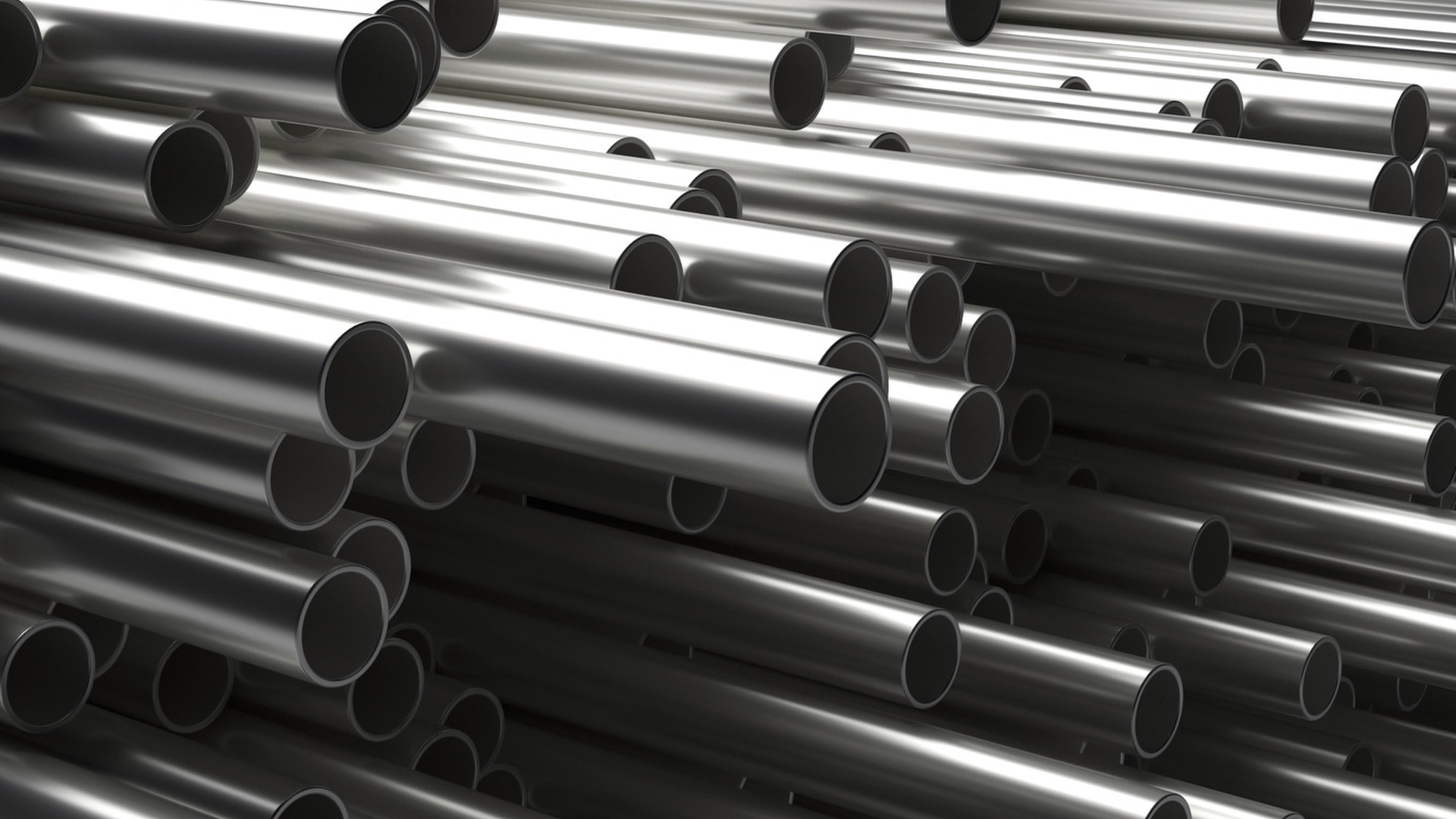

Zirconium (Zr) and its alloys are critical materials in several high-tech industries, prized for a unique set of properties that make them indispensable where extreme conditions are commonplace. Notably, zirconium alloys exhibit exceptional corrosion resistance, particularly in high-temperature and aggressive chemical environments, alongside a remarkably low neutron absorption cross-section. This latter quality is paramount, making them the material of choice for nuclear fuel cladding and other in-reactor components where neutron transparency is vital for efficient fission. Beyond nuclear applications, zirconium alloys are found in demanding aerospace components, robust chemical reactors, biocompatible medical implants, and advanced electronics.
The strategic and economic importance of recycling zirconium alloys cannot be overstated. The primary refining of zirconium is an inherently costly and complex process. A major contributor to this expense is the intricate separation of zirconium from hafnium (Hf). Hafnium is a byproduct of zirconium purification, and its production ratio is approximately 50 parts zirconium to 1 part hafnium, making hafnium production both expensive and time-consuming. Early metallurgical tests revealed that impure zirconium, containing around 2% hafnium, significantly absorbed neutrons, necessitating the removal of hafnium to less than 0.02% for nuclear-grade material. This stringent purity requirement adds substantial cost and complexity to the refining process. Furthermore, zirconium is highly sensitive to oxygen, demanding controlled, oxygen-free environments during processing to prevent contamination and maintain its critical property.
Furthermore, many zirconium alloys, such as the widely used Zircaloy series, are employed in highly regulated and high-specification industries. This results in scrap materials that are typically of extremely high purity, making them exceptionally valuable for re-entry into the supply chain. With increasing global demand from burgeoning nuclear energy programs and a perpetually expanding aerospace sector, secondary sources of zirconium are becoming not just economically attractive but strategically essential to ensure a sustainable and secure supply.
The recycling of zirconium alloys primarily relies on several key sources of scrap. One significant stream consists of offcuts and machining chips, which are generated during the industrial manufacturing of zirconium components in various sectors, including aerospace, chemical processing, and general engineering. Additionally, spent nuclear fuel hardware presents another major source; although this material is highly regulated and poses unique handling challenges, components such as fuel channels and guide tubes from decommissioned nuclear reactors can provide valuable zirconium. Recycling these materials requires strict adherence to regulatory controls. Furthermore, discarded reactor-grade and medical-grade zirconium alloy components also contribute to the recycling process. These include high-purity materials from nuclear facilities, such as Zircaloy-2 and Zircaloy-4, as well as Zr-2.5Nb alloys, alongside components from medical devices like orthopedic implants and dental prosthetics. Notably, these materials often come with meticulous traceability, ensuring their purity and reliability.
Zirconium recycling presents a variety of technical challenges due to the unique properties of the metal. One of the primary concerns is its high reactivity, particularly when in powder form, which can lead to spontaneous combustion and necessitate specialized handling procedures. Additionally, zirconium reacts readily with oxygen and nitrogen at elevated temperatures, further complicating its processing.
Contamination is another significant risk; even trace amounts of impurities, such as iron or moisture, can severely undermine the mechanical properties and corrosion resistance of recycled zirconium. This highlights the need for stringent sorting and cleaning processes to ensure the material's quality.
Moreover, the recycling of zirconium must take place in carefully controlled environments. Specifically, processes like melting require oxygen-free conditions, typically achieved through vacuum or inert gas atmospheres, to prevent the absorption of impurities and to preserve the integrity of the material throughout the recycling process.
As global demands for clean energy and high-tech sectors continue to accelerate, the role of zirconium recycling will grow in significance, evolving into a critical source of sustainable, high-purity supply. The circular economy principles fostered by effective recycling reduce the environmental footprint associated with primary metal production and bolster supply chain resilience.
For manufacturers, Maintenance, Repair, and Operations (MRO) firms, and nuclear/medical technology companies, collaborating with trusted zirconium recyclers like Quest Metals is not merely an environmental choice but a strategic imperative. It's an opportunity to realize significant economic value from what would otherwise be waste, while simultaneously contributing to a more sustainable and resource-efficient future for high-performance metals.